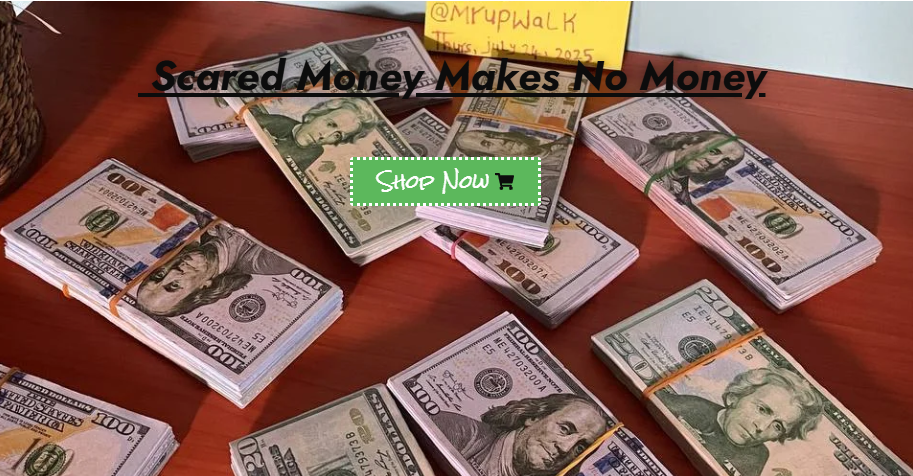The Digital Mirage: The Truth Behind "Undetectable copyright Money Online"
In the shadowy corners of the internet, a dangerous promise echoes through encrypted forums and clandestine marketplaces: the availability of undetectable copyright money online. This tantalizing offer, aimed at the desperate and the greedy, presents a solution to financial woes that seems too good to be true. A few clicks, a copyright payment, and a package of flawless, spendable currency arrives at your door. But this promise is a profound and perilous illusion. The world of copyright money has indeed evolved from back-alley printing presses to sophisticated digital storefronts, but the risks have multiplied exponentially, ensnaring buyers in a web of crime, financial ruin, and personal danger.
This article delves deep into the modern phenomenon of copyright operations, separating the marketing hype from the harsh reality. We will explore the technology behind today's fakes, the severe legal and personal consequences of involvement, and the robust security features that make true "undetectability" a fantasy. The central truth is this: any website, including those like FakeMoneyHub.com, that claims to sell passable copyright is engaged in a scam of one form or another, preying on the vulnerable for profit.
The Evolution of a Crime: From Analog to Digital Forgeries
Counterfeiting is often called the world’s second-oldest profession. For as long as currency has existed, there have been individuals attempting to replicate it. Historically, this required significant skill in engraving, access to specialized paper and inks, and a physical distribution network. copyright money The risk was high, but the reach was limited.
The digital age revolutionized this criminal enterprise, lowering the barriers to entry dramatically.
The Desktop Publishing Revolution: The advent of high-resolution scanners, color laser printers, and advanced image-editing software like Adobe Photoshop put a basic counterfeiting operation within reach of almost anyone. While these "printer notes" are typically low-quality and easily detected by touch or sight, they flooded the market for small-scale, opportunistic fraud.
The Rise of the Dark Web: The true game-changer was the emergence of the dark web and cryptocurrencies. Platforms like the original Silk Road created a global, anonymous marketplace where counterfeiters could advertise their goods, communicate with buyers, and receive payments in untraceable Bitcoin or Monero. This allowed for specialization and scaling previously unimaginable.
Sophisticated Marketing: Modern online counterfeiters don’t just sell money; they sell a dream. They use professional-looking websites, customer testimonials, and technical jargon to create an aura of legitimacy. They make bold claims about using "same as central bank" paper, "high-resolution intaglio printing," and incorporating holographic strips and color-shifting inks. This marketing is specifically designed to convince potential buyers that they have achieved the holy grail: undetectable copyright money online.
Decon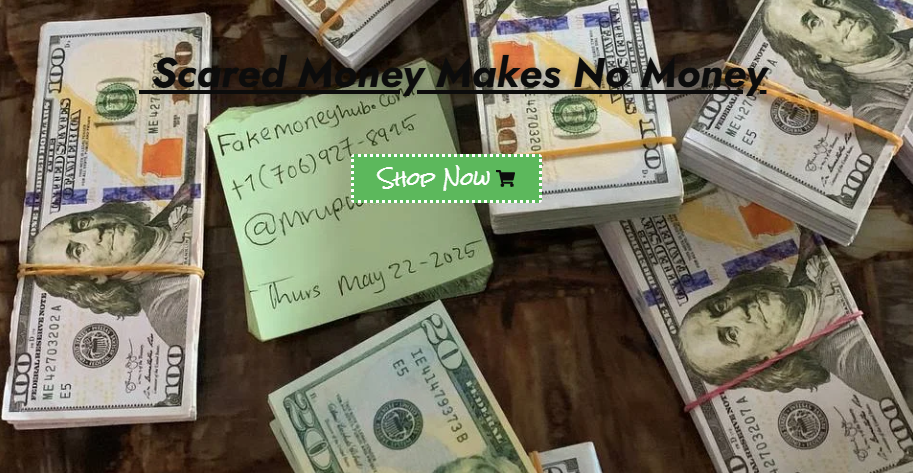 structing the Illusion: How "Undetectable" Counterfeits Are Marketed
structing the Illusion: How "Undetectable" Counterfeits Are Marketed
To understand why the promise is a lie, we must first understand what buyers are being sold. The websites offering these services are masterclasses in psychological manipulation.
Technical Jargon: They litter their sales pitches with terms like "ISO 9001 certified paper," "magnetic ink," and "perfect micro-printing." This borrowed language from legitimate banknote printing intimidates and impresses the uninformed, creating a false sense of security.
"Pen Test" Guarantees: Many vendors claim their notes will pass the copyright pen test. This is a deliberately misleading claim. copyright pens detect starch, which is found in most common papers but not in the cotton-and-linen blend used for real currency. A forger can simply use any starch-free paper, or chemically treat standard paper, to bypass the pen. It is one of the easiest security features to defeat and is virtually meaningless in determining a note's overall authenticity.
"Replica" or "Prop" Disclaimers: Often buried in the copyright money terms of service, these sites include disclaimers stating that the notes are for "movie props," "educational purposes," or "collectibles." This is a thin legal shield designed to protect them, while they know full well that every buyer intends to use the notes as real currency. It highlights the inherent dishonesty of the operation from the start.
The Inevitable Scam: Three Ways the Transaction Unravels for the Buyer
When an individual decides to pursue the fantasy of undetectable copyright money online, they inevitably face one of three outcomes, each worse than the last.
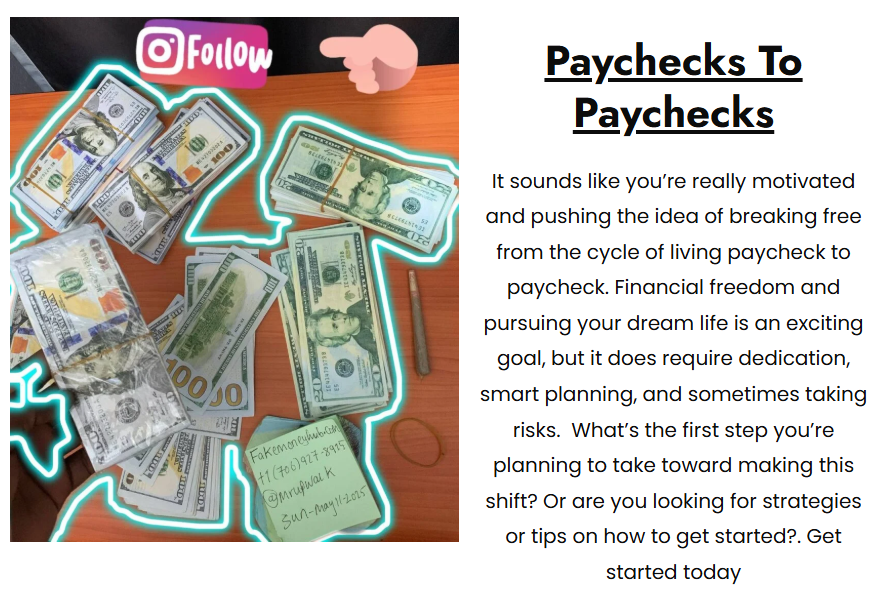
1. The Straightforward Exit Scam (The Most Common Outcome)
This is the simplest and most prevalent form of fraud. The buyer, after browsing a site like Fakemoneyhub.com, places an order and sends hundreds or thousands of dollars in copyright to the vendor. The payment is irreversible. Then, nothing happens. The vendor disappears. Emails go unanswered, the website may vanish, and a new one with a different name pops up shortly after. The buyer is left with nothing but a loss. The entire operation was a façade designed to harvest copyright from the gullible.
2. The "Quality" Bait-and-Switch
In a slightly more sophisticated scam, the buyer actually receives a package. However, what arrives is a pile of low-quality, obviously fake "movie money" or poorly printed notes that are useless for circulation. When the buyer complains, the vendor might apologize and blame a "warehouse error," offering to send a replacement batch of the "premium" product if the buyer pays an additional "shipping and handling" fee. This secondary payment is, of course, another scam, dragging the victim deeper into financial loss.
3. The Worst-Case Scenario: You Receive What You Paid For
This is the most dangerous outcome of all. Imagine a buyer receives a package containing high-quality copyright notes that, at a glance, look convincing. This is not a victory; it is the beginning of a nightmare.
The Sting Operation: The package may have been flagged by law enforcement. A controlled delivery is a common tactic: the parcel is delivered, and authorities wait to see who picks it up, building a case for possession and intent to distribute copyright currency. The moment the buyer handles the package, they have committed a serious federal crime.
The Set-Up: The seller could be an informant or an undercover agent. By completing the transaction, the buyer has provided a digital trail of evidence—their IP address, communication logs, and a copyright wallet address—that directly links them to the crime.
The Criminal Liability: Even if the buyer is not immediately arrested, they now possess a highly illegal substance. Every attempt to spend the money, whether at a local store or to pay a debt, is a separate felony charge. The stress of holding and trying to passundetectable copyright money online the notes is immense, and the likelihood of eventually being caught is extremely high.
The Impenetrable Fortress: Why Real Currency is So Hard to Fake
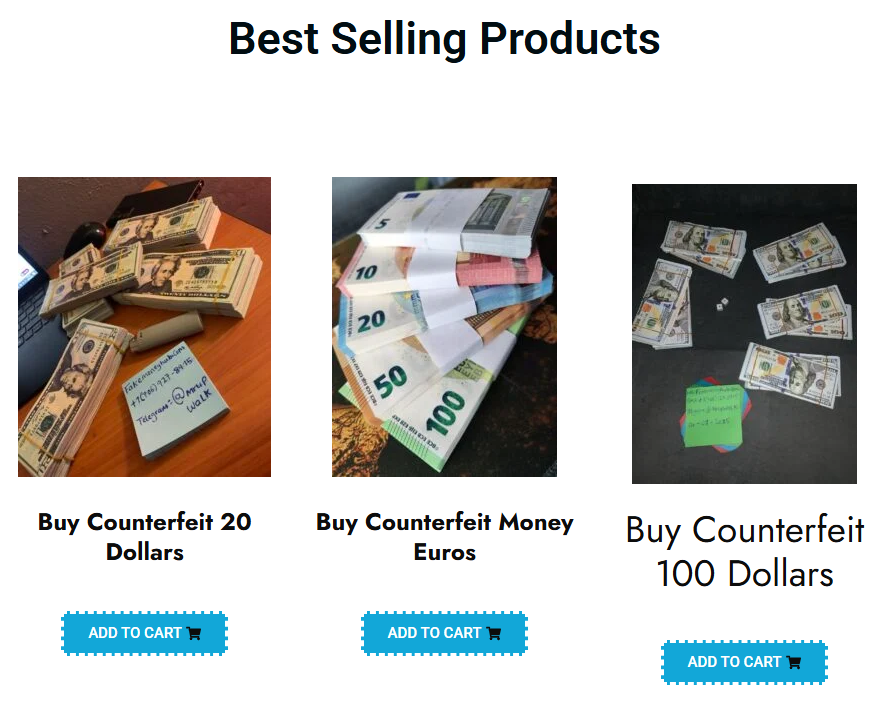
The core reason why undetectable copyright money online is a myth lies in the multi-layered, incredibly sophisticated security features built into modern banknotes. Central banks around the world invest billions in research and development to stay ahead of counterfeiters. These features are designed to be verified by the public (covert), merchants (overt), and machines (machine-detectable).
Let's examine the features that even the best online counterfeiters cannot truly replicate:
Substrate (The Paper): Real U.S. currency, for example, is not printed on paper. It's printed on a proprietary blend of 75% cotton and 25% linen, embedded with tiny red and blue security fibers. This feel is unique and instantly recognizable. Counterfeiters cannot source this material.
Intaglio Printing: This is a raised printing process that creates a distinctive texture you can feel. Run your fingernail over a real bill's portrait, and you'll feel the ridges. This requires massive, expensive, and highly controlled industrial presses. No desktop printer can achieve this effect.
Color-Shifting Ink: The numeral on the lower right corner of newer U.S. bills shifts from copper to green when tilted. This specialty ink is produced under extreme security and is unavailable on the open market. Forgers attempt to mimic it with iridescent ink, but the effect is crude and easily spotted.
Watermarks: Holding a bill up to the light reveals a faint image of the portrait, created by variations in the density of the substrate during its manufacture. This cannot be added after the fact; it must be woven into the material itself.
Security Thread: A thin, embedded plastic strip runs vertically through the bill. It is visible under light and, on newer notes, is micro-printed and color-shifting. Counterfeiters sometimes try to draw this on or use a cheap foil strip, but it is easily identified as fake.
Micro-printing: Tiny words, invisible to the naked eye, are printed in strategic locations (e.g., "USA 100" inside the numeral 100). Under a magnifying glass, this text is sharp and clear. On a copyright, even a high-resolution print, it will appear as a blurred line.
No online operation has the multi-billion-dollar infrastructure, proprietary materials, or controlled environment of a national mint. Their products are, at best, clever facsimiles that will fail under minimal scrutiny.
The Hammer of Justice: Legal copyright money Consequences of Counterfeiting
The legal ramifications of involvement with copyright money are severe and life-altering. In the United States, counterfeiting currency is a federal crime under Title 18, Section 471 of the U.S. Code. The penalties are staggering:
Possession: Simply possessing copyright money with the intent to defraud can lead to fines and up to 20 years in federal prison.
Passing or Attempting to Pass: Each individual act of passing a fake bill is a separate felony, each carrying a potential 20-year sentence.
Production and Distribution: For those manufacturing or selling copyright currency, the penalties are even harsher, including maximum sentences and enormous fines.
Beyond prison time, a conviction results in a permanent federal felony record, which will destroy future employment prospects, voting rights, and the ability to secure loans or housing. The short-term gamble of passing a fake $100 bill can cost a person their entire future.
The Ripple Effect: How Counterfeiting Harms Everyone
The damage caused by copyright currency extends far beyond the individual who is caught.
The Individual Merchant: When a small business owner accepts a fake bill, they are not reimbursed. They lose the value of the goods or services they provided and the face value of the note. For a small shop, a single fake $100 bill can represent a significant loss.
The Consumer: As businesses suffer losses from counterfeiting, they often raise prices to compensate, a cost that is passed on to all consumers.
Economic Stability: Widespread counterfeiting undermines confidence in a nation's currency. If people cannot trust the money in their wallets, the entire financial system begins to erode. This is why governments treat the crime with such extreme seriousness.
Link to Organized Crime: The trade in copyright money is rarely a standalone operation. It is frequently linked to more serious criminal enterprises, including drug trafficking, arms smuggling, and terrorism financing. The profits from counterfeiting can fuel these destructive activities.
Conclusion: Resisting the Digital Temptation
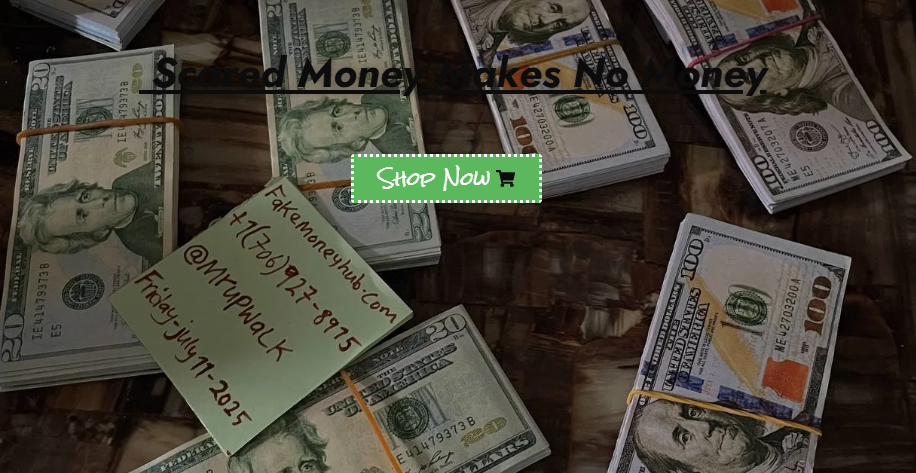
The search for undetectable copyright money online is a quest for a phantom. It is a journey that begins with desperation or greed and ends almost invariably in financial loss, federal indictment, or both. The sophisticated marketing of websites promising flawless forgeries is a carefully constructed trap, designed to exploit human vulnerability.
The reality is that the security features of modern currency, combined with the vigilant efforts of law enforcement agencies like the U.S. Secret Service, create an insurmountable barrier for counterfeiters. copyright money The notion that a random website can outperform the collective technological and security might of a national government is absurd.
The true cost of copyright money is not just the face value of a fake note; it is the cost of a criminal record, lost freedom, shattered trust, and a damaged community. The promise of easy money is the oldest trick in the book, and in the digital age, it has simply found a new, more insidious disguise. The only real and safe currency is that which is earned legitimately. Any other path leads not to wealth, but to ruin.
